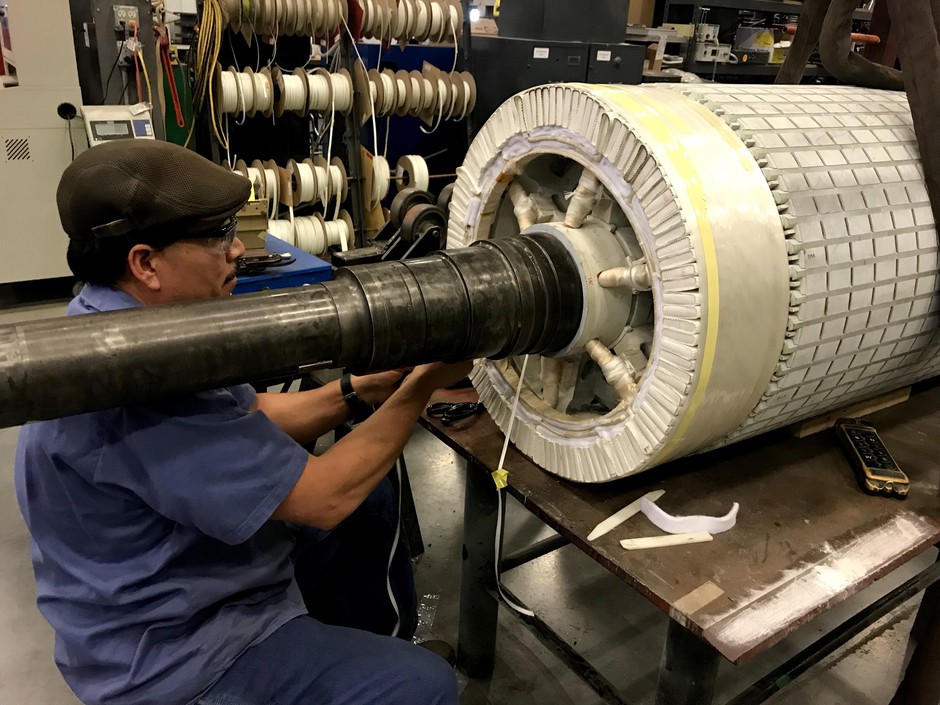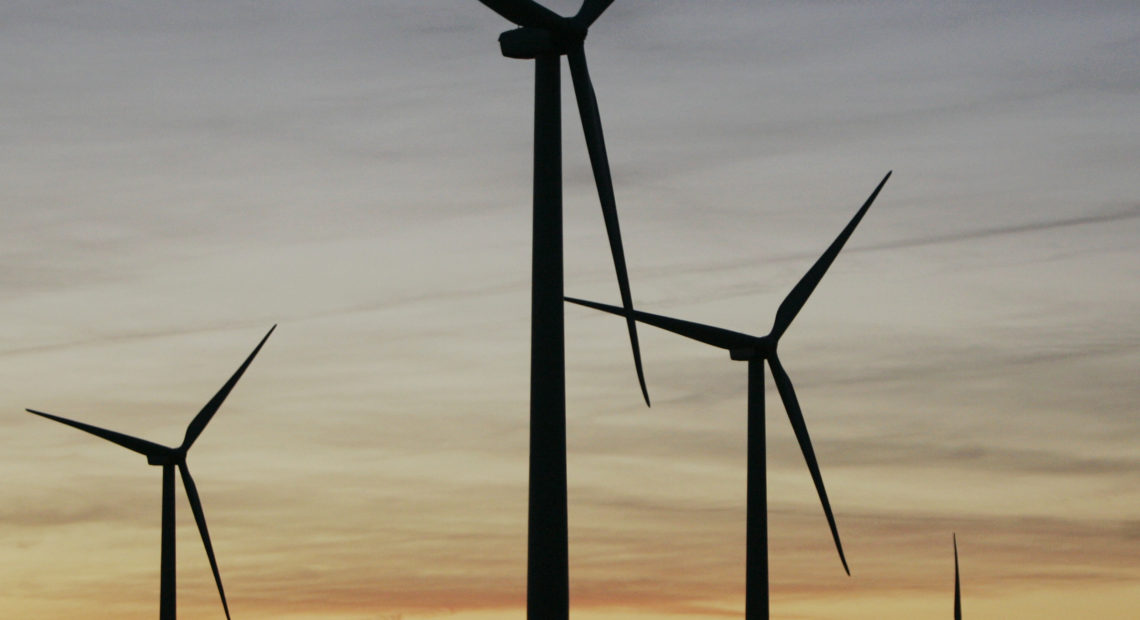
An Old Northeastern Oregon Wind Farm Could Get A Tech Upgrade
Read ON
One of Oregon’s oldest wind farms could soon be getting an upgrade. New technology could help the wind farm in Eastern Oregon work more efficiently. Officials are voting Friday on the updates to the wind farm.
Wind turbines are expected to last about 20 years. Oregon’s Stateline Wind Farm is getting up there – construction started way back in 2001. That’s why the farm’s owners are asking to update part of the facility.
“That would involve removal of the blades and the (gearboxes) from those existing wind turbines and replacing them with new components,” said Sarah Esterson, an energy siting analyst with the Oregon Department of Energy.
The governor-appointed Energy Facility Siting Council will decide whether the 43 turbines can be updated as planned.
When wind farms reach the end of their lifespan, they can either be shut down or updated. In the wind world, that’s known as decommissioning or re-powering the farm.
The Stateline Wind Farm would be the first wind-energy operation under Oregon’s jurisdiction to be re-powered. A smaller wind farm under county control near Arlington has also been updated recently. State officials aren’t aware of any wind farms that have been decommissioned in Oregon.
Stateline Wind Farm, near Helix, Oregon, straddles the Oregon-Washington border southwest of Walla Walla. These updates would help the farm run more efficiently.
The company that owns the wind farm, NextEra, has re-powered multiple wind farms across the country, said spokesman Bryan Garner.
At this wind power site, the turbine blades would be slightly taller, increasing the blade tip from 416 feet to 440 feet. The ground clearance would shrink from 110 feet to 85 feet. The rotor diameter would increase and the gearboxes would be more advanced.
Garner said the longer blades would allow the turbines to generate energy more easily.
“You’re able to generate more electricity with each sweep of the rotor blades,” Garner said. “So rather than generating electricity 50% of the time when the wind is blowing, you may be able to generate electricity at lower speeds because you’re capturing more wind with the longer blades.”
NextEra would first try to recycle the nine tons of waste from the gearboxes and blades. If that doesn’t workout, the waste would go to a landfill.
Garner said wind turbine parts often go to technical programs at state schools and community colleges. Sometimes, he said, the parts can be used as replacements at wind facilities.
Using haul trucks, boom trucks and cranes, the construction would take three to four months with 150 workers, Esterson said. New blades, hubs and gearboxes would be delivered to the site and installed with a crane. Then it’s back to operating, with no new risks, Esterson said.
“If it allows this renewable resource to continue within the footprint that’s already been permitted, it seems like it certainly works within our process, with minimal environmental impacts,” Esterson said.
Esterson said she knows of one other wind facility in Oregon has looked into re-powering its turbines with newer technology.
Related Stories:
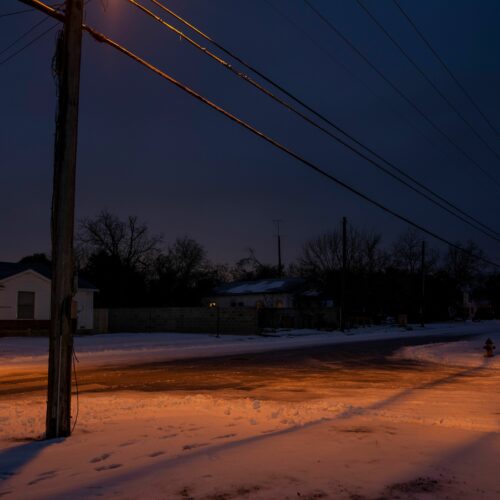
No, Texas Blackouts Weren’t Caused By Wind And Solar Energy Failure. Here’s What Really Happened
The focus on windmills ignores the evident fact that — as Abbott acknowledged on local TV — every kind of power generation fell short in this storm. In fact, significantly more natural gas and coal went offline than renewables. But that doesn’t suggest fossil fuels were uniquely to blame either — they were responsible for more production, so it’s no surprise they were the source of more failures.
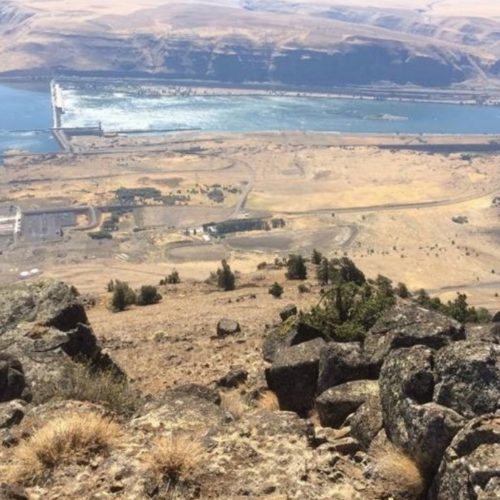
Northwest Clean-Energy Advocates Eye Pumped Hydro To Fill Gaps, With Tribes Noting Concerns
Many states – including Oregon and Washington – have set renewable energy goals. But, there’s a problem. The wind isn’t always blowing, and the sun isn’t always shining. That’s why wind and solar power are variable, or intermittent. Enter pumped hydro. It’s not a new technology, but it is gaining more interest regionally.
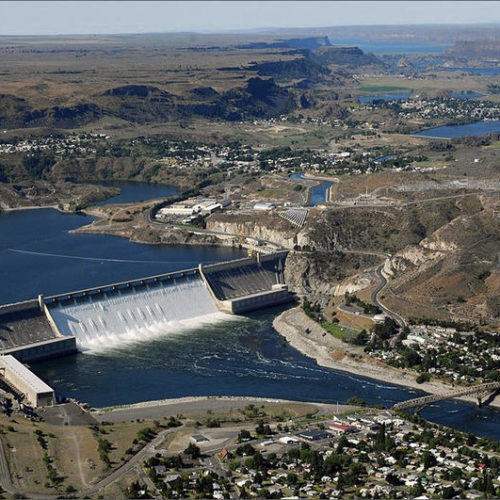
Absent From Stimulus Packages: Overhauling Energy And Climate Programs, As Past Ones Have
Climate change and reducing greenhouse gas emissions are not part of the $3 trillion in U.S. relief packages passed so far — despite a long history of funding energy programs after economic crises.

